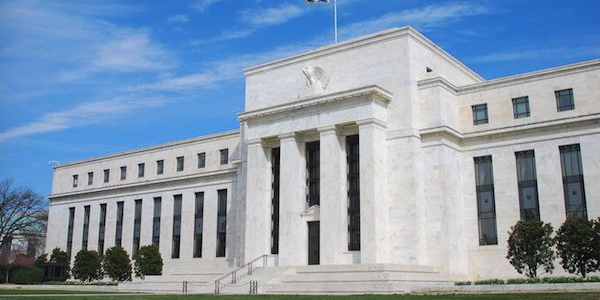Markets may be expecting too much of central banks
The third quarter capped the best year-to-date return for the Bloomberg Barclays US Aggregate Bond Index since the first nine months of 2002. Although bond prices may continue to advance, we anticipate lower returns may accompany a rise in volatility in coming quarters.
The Aggregate Bond Index is an unmanaged index of domestic investment-grade bonds, including corporate, government and mortgage-backed securities.
We believe markets face heightened geopolitical and trade risk, while central banks may now have a more limited ability to support economic fundamentals.
Markets have pushed central banks to dampen volatility, and they have responded. However, interest rates are very low, and there isn’t much room for credit spreads to tighten.
In our view, uncertainty surrounding existing issues like the US-China trade conflict, Brexit and US politics will make it difficult for central banks to fully control market swings. The third quarter was a case in point. Even with the Fed cutting rates, bond yields were volatile.
Central banks moved to ease
During the quarter, as trade tensions escalated, policymakers took steps to bolster their respective economies. The Federal Open Market Committee lowered the target fed funds rate 25 basis points on July 31 — its first cut since 2008— and followed up with another 25 bps decrease on September 18.
The European Central Bank cut its key interest rate further into negative territory and restarted quantitative easing for “as long as necessary.”
Monetary authorities in other countries trimmed rates, and the Bank of Japan signaled that it might ease in October. China held its main policy rate steady but lowered bank reserve requirements and introduced a new lending benchmark designed to reduce borrowing costs for small businesses.
Next moves?
The likelihood that the US-China trade conflict will drag on has caused markets to price in further Fed easing. We think markets may be expecting too much from the Fed, as well as from other central banks.
With interest rates already so low, can more liquidity meaningfully boost economic growth? Or will it simply inflate asset prices? In our view, central banks alone can’t offset the uncertainties facing the global economy and, at some point, those uncertainties will start to impact fundamentals.
Meanwhile, governments remain reluctant to loosen fiscal policy given already high debt levels and budget deficits or continued aversion to deficit spending.
Positioned for easing cycle
As we enter the final months of the year, we anticipate a steepening yield curve, as we believe Fed rate cuts represent the start of an easing cycle rather than a “mid-cycle adjustment.” In addition, core Consumer Price Index recently posted its highest annual gain in over a year, and we expect inflation to continue trending higher.
With respect to corporate credits, we continue to have a mostly conservative stance on the view that we are late in the credit cycle, credit spreads are very tight and we think the Fed will be limited in its ability to control fundamentals.
Despite this conservative stance, we expect that investors can still identify specific opportunities until credit markets offer improved valuations more broadly.
We believe the markets face increased geopolitical and trade risk, while central banks now have a more limited ability to support economic fundamentals. Under this scenario, we are maintaining a conservative stance while we continue to identify specific, attractive investment opportunities.
Vishal Khanduja, and Brian S Ellis are fixed income portfolio managers at Calvert, an affiliate of Eaton Vance.
The third quarter capped the best year-to-date return for the Bloomberg Barclays US Aggregate Bond Index since the first nine months of 2002. Although bond prices may continue to advance, we anticipate lower returns may accompany a rise in volatility in coming quarters.










